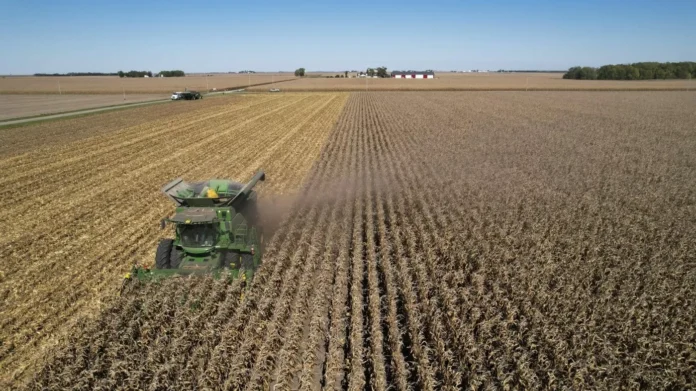According to a new study published in Science, up to 17 percent of the planet’s agricultural land is contaminated by toxic heavy metals. This alarming finding means that as many as 1.4 billion people are living in areas with dangerously polluted soil, putting their health and well-being at risk.
The study examined the levels of toxic heavy metals in soil samples from around the world and found that compounds like arsenic, cadmium, cobalt, chromium, copper, nickel, and lead were present in high concentrations in many areas. These metals are known to have harmful effects on human health, with prolonged exposure leading to serious illnesses such as cancer, neurological disorders, and kidney damage.
The contamination of agricultural land with toxic heavy metals is a serious issue that can have far-reaching consequences. Not only does it pose a threat to the health of those living in affected areas, but it also has the potential to impact food production and the environment. Heavy metals can accumulate in crops, making them unsafe for consumption, and can also contaminate water sources, leading to further health hazards.
The study found that the most heavily affected regions are in Asia and Africa, where industrialization and mining activities have contributed to the pollution of soil. In these areas, the use of fertilizers and pesticides containing heavy metals has also been identified as a major cause of contamination.
But it’s not just developing countries that are facing this issue. The study also revealed that even in developed countries like the United States and Canada, significant portions of agricultural land are contaminated with toxic heavy metals. This highlights the global nature of the problem and the need for immediate action to address it.
The consequences of toxic heavy metal pollution are not limited to human health. The study also found that it has a significant impact on the environment, affecting soil quality and biodiversity. This, in turn, can have a ripple effect on the entire ecosystem, including plants, animals, and microorganisms.
So what can be done to address this pressing issue? The study suggests that a combination of measures is needed to tackle heavy metal pollution. This includes implementing stricter regulations on industrial and mining activities, reducing the use of fertilizers and pesticides containing heavy metals, and implementing effective waste management practices.
Furthermore, the study emphasizes the importance of raising awareness about the dangers of heavy metal pollution and its impact on human health and the environment. Education and outreach programs can help communities understand the risks and take necessary steps to protect themselves and their environment.
Governments and international organizations also have a crucial role to play in addressing this issue. They must collaborate to develop and implement policies and initiatives that aim to reduce heavy metal pollution and promote sustainable agricultural practices.
It is important to note that while the study’s findings are concerning, they also offer hope. By identifying the areas and sources of heavy metal pollution, we can take targeted action to address the issue and prevent further contamination. With the right measures in place, we can work towards a cleaner and safer environment for all.
In conclusion, the study’s findings serve as a wake-up call for all of us. The contamination of agricultural land with toxic heavy metals is a serious problem that requires urgent attention. We must all take responsibility and work towards finding solutions to this issue. By doing so, we can ensure a healthier and more sustainable future for ourselves and generations to come.

